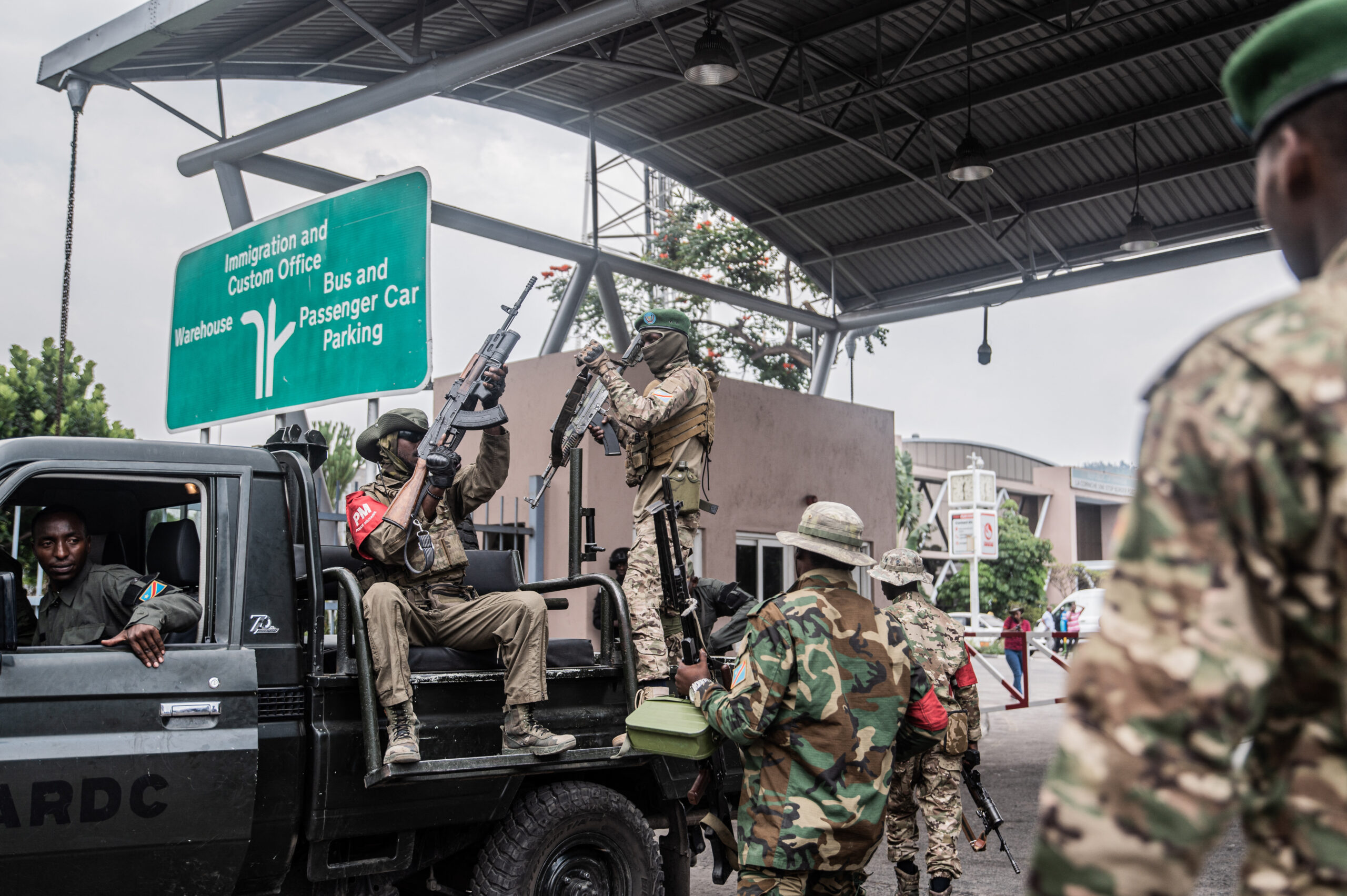The ADF, an armed insurgent group, has increased the pace of its attacks in North Kivu and Ituri provinces since December 2024
This assessment was issued to clients of Dragonfly’s Security Intelligence & Analysis Service (SIAS) on 11 March 2025.
- The Congolese military will probably continue to redirect its resources away from fighting the ADF towards countering a major military offensive by Rwandan-backed M23 rebels in eastern DRC
- The ADF are likely to mount near-daily attacks against civilians in rural areas of eastern DRC in the coming months, but it poses a low threat elsewhere in the country
The Allied Democratic Forces (ADF) rebel group is likely to carry out near-daily attacks in rural North Kivu and Ituri provinces this year. The group appears intent on exploiting the Congolese military’s focus on M23 rebels. Based on a recent rise in the pace of its attacks, it already seems to be operating with greater freedom since the military diverted some resources away from the area. Most of its attacks will probably continue to involve indiscriminate armed assaults against rural villages and sporadic roadside ambushes. But we expect it will continue to pose a low threat to other areas in the DRC.
ADF attacks already becoming more frequent
ADF militants have greatly increased the pace of attacks in recent months. Data from the Armed Conflict Location & Event Data Project (ACLED), suggests the ADF mounted 21 during February, up from eight attacks in November 2024. The number of casualties also seems to have risen over that period. The group killed 127 people in February, up from 26 in November. And we have observed a significant increase in IS mentions of the DRC online in recent months; some ADF factions pledged allegiance to IS in 2019.
Neighbouring governments also seem to be worried about a potential ADF resurgence. Uganda has for several years carried out joint military operations with Kinshasa in the areas of DRC that border it and in the past few weeks has increased its troop presence near the shared border. It has voiced concerns about a worsening of insecurity there. The ADF has previously mounted attacks in Uganda, including a series of suicide bombings in the capital Kampala in 2021. Most attacks in the eastern DRC in recent months have occurred near the North Kivu-Ituri border, and along Lake Albert.
M23 offensive diverting military efforts
The ADF seems to be capitalising on the conflict between the DRC government and the Rwanda-backed M23. Those rebels have made significant territorial gains in North and South Kivu in recent months. This has seemingly prompted the military to divert troops and materiel away from operations against the ADF. For instance, a government official on 10 February said publicly that troops in Beni territory, where ADF also operates, would prioritise recapturing M23-controlled areas.
Military reinforcements from Uganda will probably struggle to fill this gap. In February, Uganda said it was deploying 1,000 additional troops to eastern DRC. But these operations have tended to focus on areas close to the DRC-Uganda border. ADF militants have in the past partly avoided these by moving westwards away from the border, according to a local conflict monitoring group. And Uganda has said these troops would also fight other rebel groups that operate there.
ADF attacks expected to intensify in coming months
The ADF will probably mount near-daily attacks in northeastern DRC over the coming months. Its militants remain highly capable, judging by the pace and scale of their activities since December. For instance, they killed 70 civilians in a Protestant church in Lubero territory on 14 February, according to the local press. And a local humanitarian organisation reported that ADF militants killed more than 100 civilians in Irumu territory across four days in the first week of February.
Further such attacks are likely to target mainly local residents in rural villages and communities ADF perceives as Christian. This is based on the pattern of their operations in recent years, which mostly involve pillaging villages for basic goods and food, and indiscriminate killings. But the group has also carried out ambushes on major intercity roads. For instance, a local civil society group on 4 March told the Congolese press that militants are ‘roaming freely’ and have mounted several attacks on the Mbau-Kamango road the week prior.
ADF militants will probably continue to pose a low threat to central parts of major cities in eastern DRC, such as Beni or Butembo. While there have been ADF attacks on the outskirts of cities in recent years, militants seem to refrain from mounting attacks in large urban areas. We suspect this is probably because it wants to avoid facing the much larger security presence there directly. Signalling this, there has not been an ADF attack in a large city since at least January 2024, based on ACLED data.
Significant spread outside of northeast seems improbable
We doubt that the ADF will attempt to expand its activities beyond rural areas of North Kivu and Ituri over the coming months. The group has not hinted at doing this on its extremist channels we monitor. And all of its attacks in 2024 took place in these two provinces, according to ACLED data. This is likely because it does not have the means to capture and hold large amounts of territory; most of its attacks involve hit and runs with rudimentary weapons. The ADF would probably also struggle to recruit in other parts of the country, where the Muslim population is more scarce than where it operates.
Image: Goma on 1 March 2025, after handing over the repatriated Democratic Forces for the Liberation of Rwanda (FDLR) soldiers to the Rwandan government. Photo by Jospin Mwisha /AFP via Getty Images.




